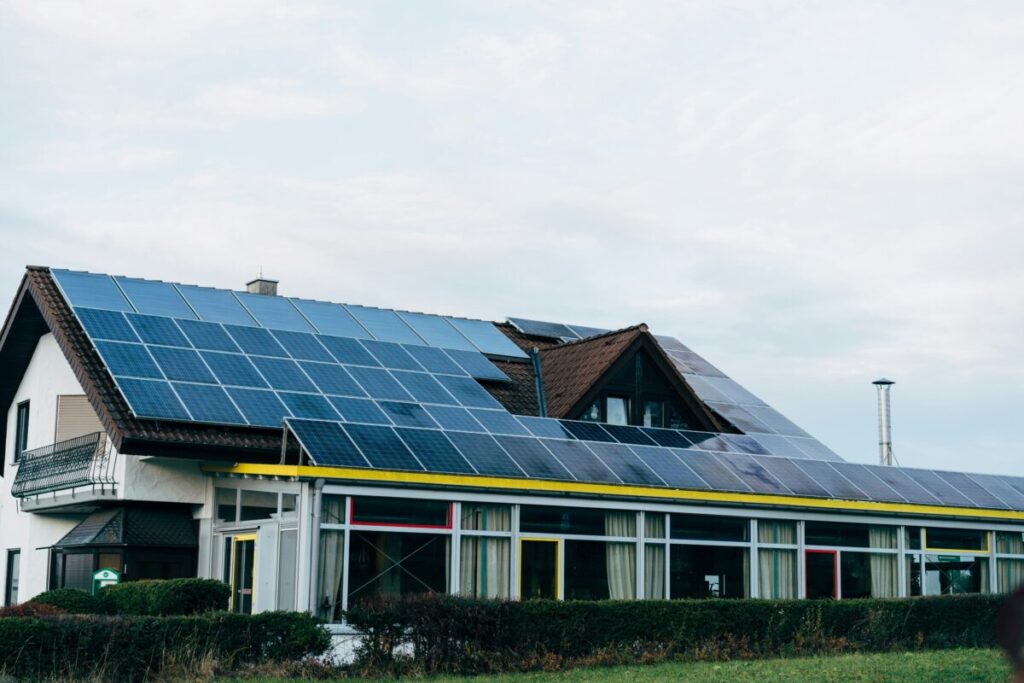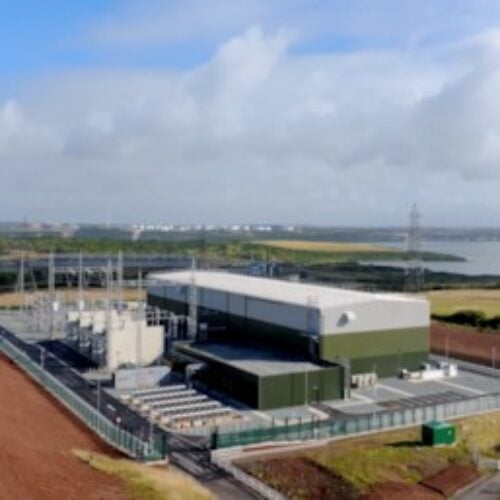Great Britain set a new maximum solar generation record on 1 April, generating 12.2GW between 12:30 and 13:00.
The new record comes as March 2025 was deemed by the Met Office as the sunniest March since records began in 1910, with 185.8 hours of sunshine throughout. This was capitalised on by the nation’s solar sector, which recently surpassed the 18GW threshold for installed capacity.
According to Sheffield Solar live PV tracker, whose data is used for forecasting by the National Energy System Operator, the UK came close to breaking the record on Sunday, 30 March, with peak generation reaching 11.9GW.
Although weather patterns dictate solar PV generation, for reference, 1 April 2024 recorded a peak generation capacity of 5.71GW, whilst the peak for all of 2024 reached 11.5GW on 2 June.
For 1 April, the Sheffield Solar live PV tracker indicated that solar PV generated a cumulative total of 87.6GWh of renewable energy over the day.
Although utility-scale solar PV power plants up and down the country are likely to have supported the bulk of generation capacity, distributed generation, such as rooftop solar PV, is expected to have played an integral role in the record, aided by strong installation figures in 2024.
The Microgeneration Certification Scheme, which certifies renewable energy products and installers, recently revealed that between January 2024 and January 2025, 200,010 home solar PV installations and 22,667 home battery storage systems were carried out. This was attributed to falling costs.
Research from Solar Media Market Research found that around 20% of the 2.3GW of solar deployed across 2024 came from residential rooftop installations, with commercial rooftop installations contributing another 20%.
The full version of this article first appeared on our sister site, Solar Power Portal.






